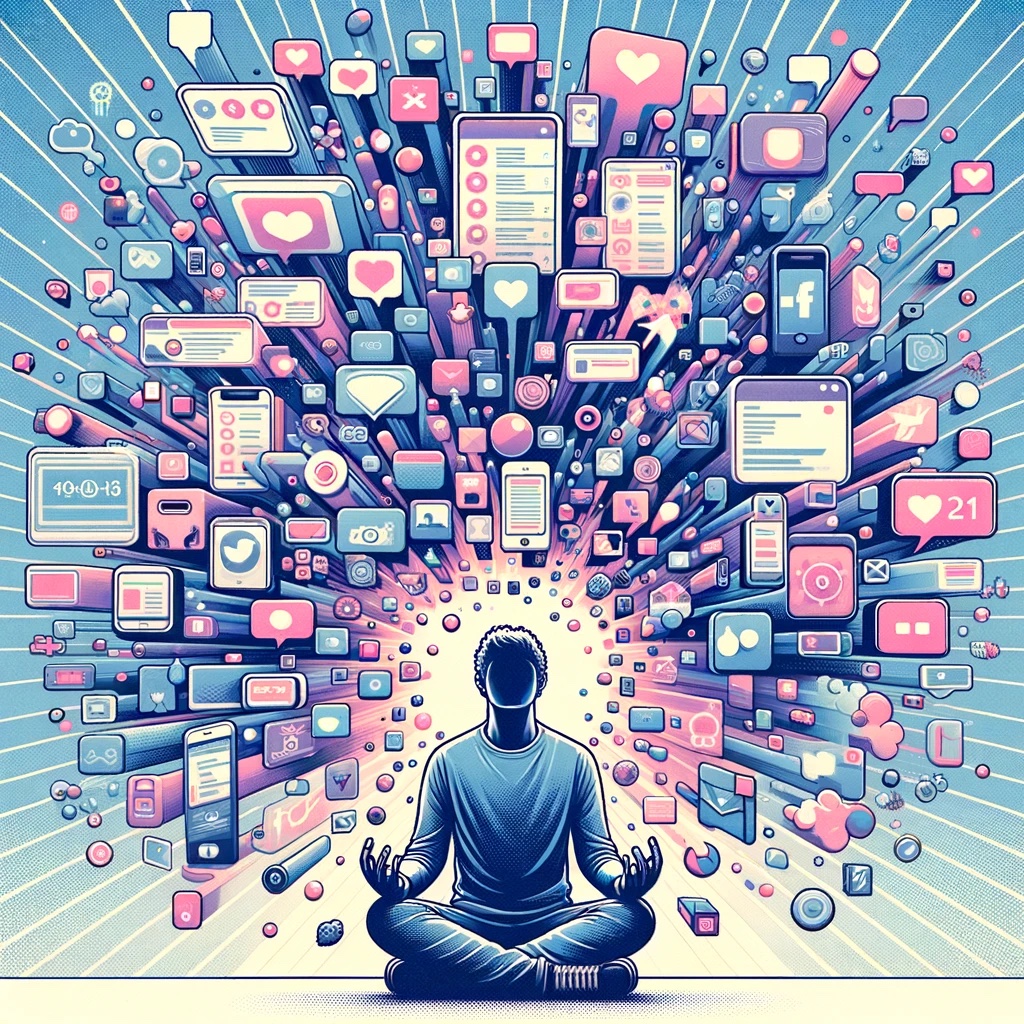Trigger warnings, those brief disclaimers preceding potentially disturbing content, have become commonplace. Their intention is noble: to protect individuals with sensitivities and trauma histories from unexpected emotional distress. However, a growing body of research suggests that trigger warnings may have unintended consequences, potentially hindering mental health progress rather than aiding it. So trigger warnings: helpful or harmful?
Avoiding the Bad Stuff: Does It Actually Help?
Imagine this: you see a trigger warning and skip a whole article or movie. This might seem like a win for your anxiety, but research suggests it might not be the best long-term strategy. Trigger warnings might not actually lessen the blow, and in some cases, they can even prime you to expect negativity, making you feel more anxious before you even get started.
Think of it like building muscles. To get stronger, you got to challenge yourself a little, right? Exposure therapy, a common treatment for phobias and trauma, works by gradually introducing people to their triggers in a safe space. This helps them build resilience and learn to cope. Constantly avoiding triggers with warnings might be like skipping arm day at the gym – it keeps you feeling weak when faced with the real deal.
The Paradox of Protection
While the impulse to shield people from potentially upsetting content seems compassionate, overreliance on trigger warnings can inadvertently foster a culture of avoidance and emotional fragility. Consider the Black Mirror episode “Arkangel.” The overprotective mother utilizes a constant monitoring implant to shield her daughter from any negativity, resulting in the child’s complete inability to cope with the realities of the world. Trigger warnings, in a similar vein, may create a false sense of security, hindering the development of coping mechanisms needed to navigate life’s inevitable challenges.
Unintended Consequences of Trigger Warnings
Here’s a closer look at some potential downsides of trigger warnings:
- Heightened Anxiety: Highlighting potential triggers can prime individuals to anticipate negativity, amplifying anxiety before even encountering the content.
- Focus on Avoidance: Constant exposure to trigger warnings can cultivate a state of hypervigilance, where individuals become preoccupied with avoiding potential threats. This not only fuels anxiety but also hinders opportunities for personal growth.
- Impeded Emotional Resilience: Repeatedly avoiding triggers prevents individuals from developing healthy coping mechanisms for dealing with difficult emotions. Confronting and processing challenges in a safe, controlled environment (like therapy) is key to building emotional resilience.
- The Illusion of Control: Trigger warnings implicitly promise a shield from discomfort. Life, however, is inherently unpredictable. The belief that we can always control our emotional experiences can ultimately lead to increased distress when faced with inevitable challenges.
- We Need to Get Tougher (Sometimes): Avoiding tough things might protect us, but it doesn’t help building those mental “muscles” to handle life’s inevitable rough patches.
- Can We Miss Out on Important Stuff? Sometimes messy, uncomfortable topics teach us about the world. Shielding ourselves might mean missing out on knowledge or those “ouch, that’s deep” moments that make us grow.
A More Balanced Approach
Trigger warnings are not inherently harmful. In specific contexts, they can be beneficial, such as:
- Educational Settings: Letting students know in advance about sensitive topics in coursework allows them to mentally prepare or seek alternative arrangements if needed.
- Specific Trauma Histories: In therapeutic settings, individuals with known, specific triggers may benefit from warnings to ensure a safe and supportive environment.
However, overreliance on them can be detrimental. Here are some alternative approaches to consider:
- Content Descriptors: Using neutral descriptors like “discussions of violence” or “descriptions of illness” provides information without priming the reader for a negative reaction.
- Coping Skills Education: Focusing on empowering individuals with healthy coping strategies for stress and anxiety is crucial. This helps them manage challenging emotions when triggered content surfaces unexpectedly.
- Open Dialogue: Destigmatizing discussions around mental health and difficult topics promotes normalization and reduces the sense of “otherness” that can exacerbate anxiety.
The Importance of Critical Thinking
The debate surrounding trigger warnings highlights the importance of critical thinking around mental health. The idea behind trigger warnings is good but it is crucial to weigh potential benefits against unintended consequences. By fostering emotional resilience and providing resources for coping with distress, we can create a more supportive environment that empowers people to navigate the complexities of life, triggers, and all.
Disclaimer: This article is for informational purposes and should not replace professional guidance.





0 Comments